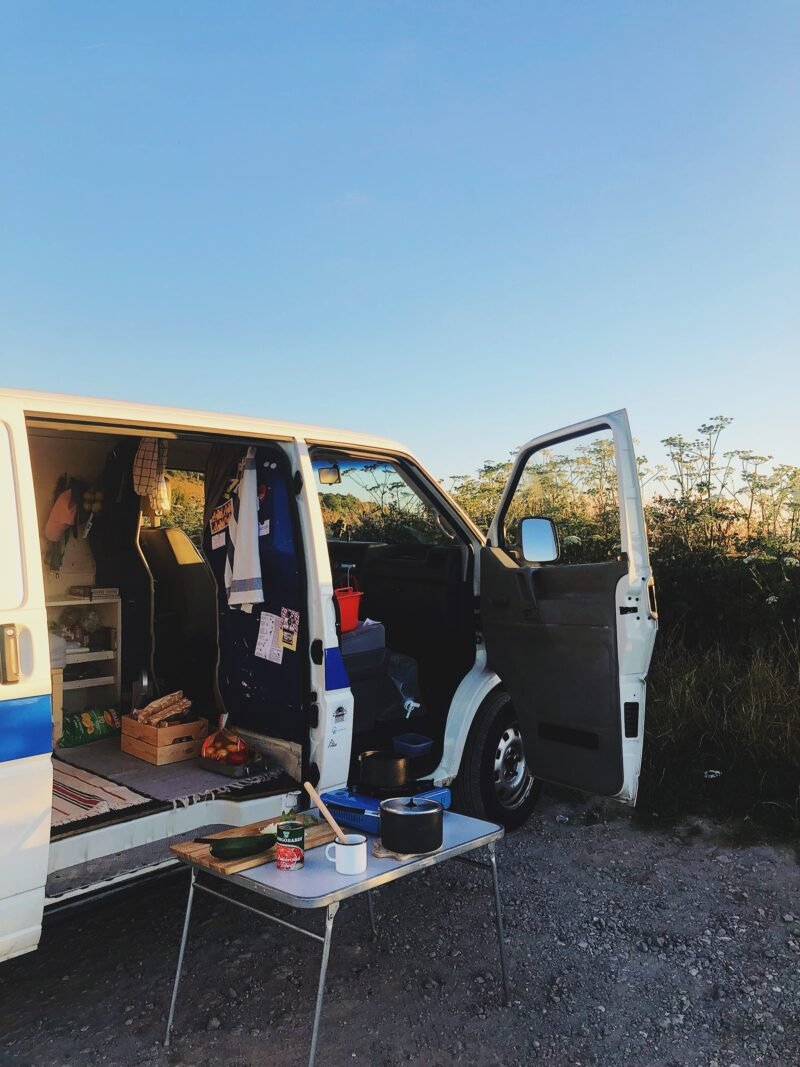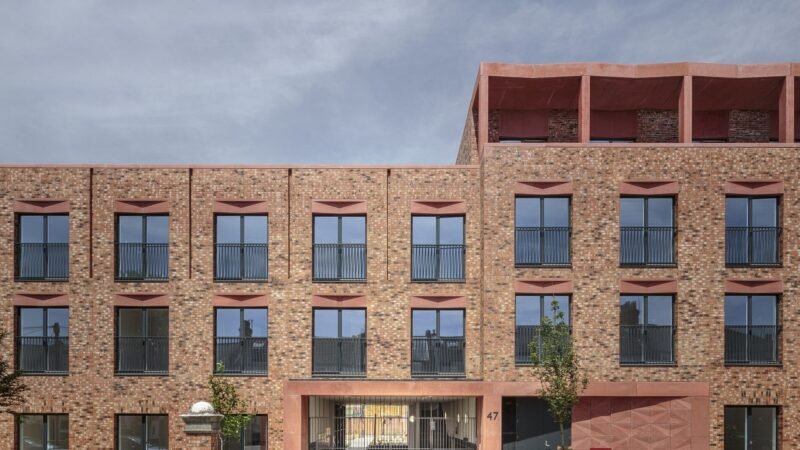A Home For Days Or Decades?
Throughout our lives, we inhabit different forms of housing and apartments, but what is the difference, really, between the houses we live in as students versus when we are older? The need to look at housing through the lense of time has been addressed by Jack Self and his REAL Foundation, who look into alternative models of ownership and urban housing, including cooperative housing and co-living.
For the Venice Biennale of Architecture 2016, curators Jack Self, Shumi Bose and Finn Williams, created an exhibition called Home Economics, which challenges the status quo of housing and proposes radical, new models for how to look at the places that we live in.

Curators of the British Pavilion Shumi Bose, Jack Self and Finn Williams
In line with what Jack Self calls the housing crisis, we need to accommodate for new patterns of domestic life. The inability of the government to match supply and demand and thus provide enough housing can be seen throughout most of Western Europe. We learn from Jack that not providing enough is really integral to a system which needs to make a profit. As long as our system of property ownership stays in private hands, very few people will actually be able to afford to buy.


A Home for Hours
With the aim of creating an entirely new approach that doesn’t play into the hands of the current property market, the team from the REAL Foundation decided to make their exhibition a full-scale model, which visitors can feel and experience firsthand. Every room is dedicated to a different form of housing, purely based on the time the inhabitant is supposed to be living in it.


A Home for Days
“You have to ask yourself: What does it mean to live somewhere for days?” says Jack, and refers to a business person in town for a couple of days, or to a tourist maybe. This part of the exhibition is definitely tailored towards people who are constantly moving, they could be students, a migratory worker, or business professionals. In a place where someone lives for months, basic requirements for a home do remain the same. The housing unit should be furnished, and have all the important household appliances in it. “At the end, everything the person owns in that place, should fit into a piece of EasyJet hand luggage,” adds Jack. Everything else is shared with the other residents in the building, from a vacuum cleaner, to clothes and artwork. All the units in the British Pavilion — for hours, days, months, years, and decades — are designed to be flexible and to evolve over time to adapt to the individual housing needs for different periods in our lives, for example by combining two or three units to form a family home.


A Home for Months
However, even though sharing goods is an important aspect in the Home Economics exhibition, Jack has a critical stance when it comes the sharing economy. “It really depends on who is the owner of the property,” he says. “Companies like Uber and Airbnb centralize profit and extract latent value from existing commodities; but they fail to really add something new to our economy. So in that sense, there really is no essential sharing part of the economy yet.”
Is there a solution to the housing crisis right now? Jack says he has not seen any evidence that increasing density of the so-called pocket homes is a long-term solution to the housing crisis per se, and neither would be making the model of cheap student housing a generally applicable one.


A Home for Years
What we need is a radically different way of looking at housing and what it means for different lifestyles, and the Home Economics exhibition at the British Pavilion might just be the right first step of approaching the problem. If the project were to be realized, it would be on a much smaller, local scale; and we learn from Jack that he envisions the people to be owning part of the building in shares, which the company then again uses to manage and maintain the building.


A Home for Decades
A concept that is a fully self-sustaining, closed-loop? The exhibition has gotten a lot of press in the UK, by The Guardian and BBC, and positive public response as well. Thanks to the exhibition being on a real-life scale and allowing the visitors to be inside and experience the building first-hand not only architects were really interested in what Jack and his team had created. The architectural profession was rather mixed in their response — while younger architects seemed to like it, the older profession did not really see the link between state and planning policy and architecture. “If you don’t engage with the political questions and issues around you, you cannot create good buildings.”



